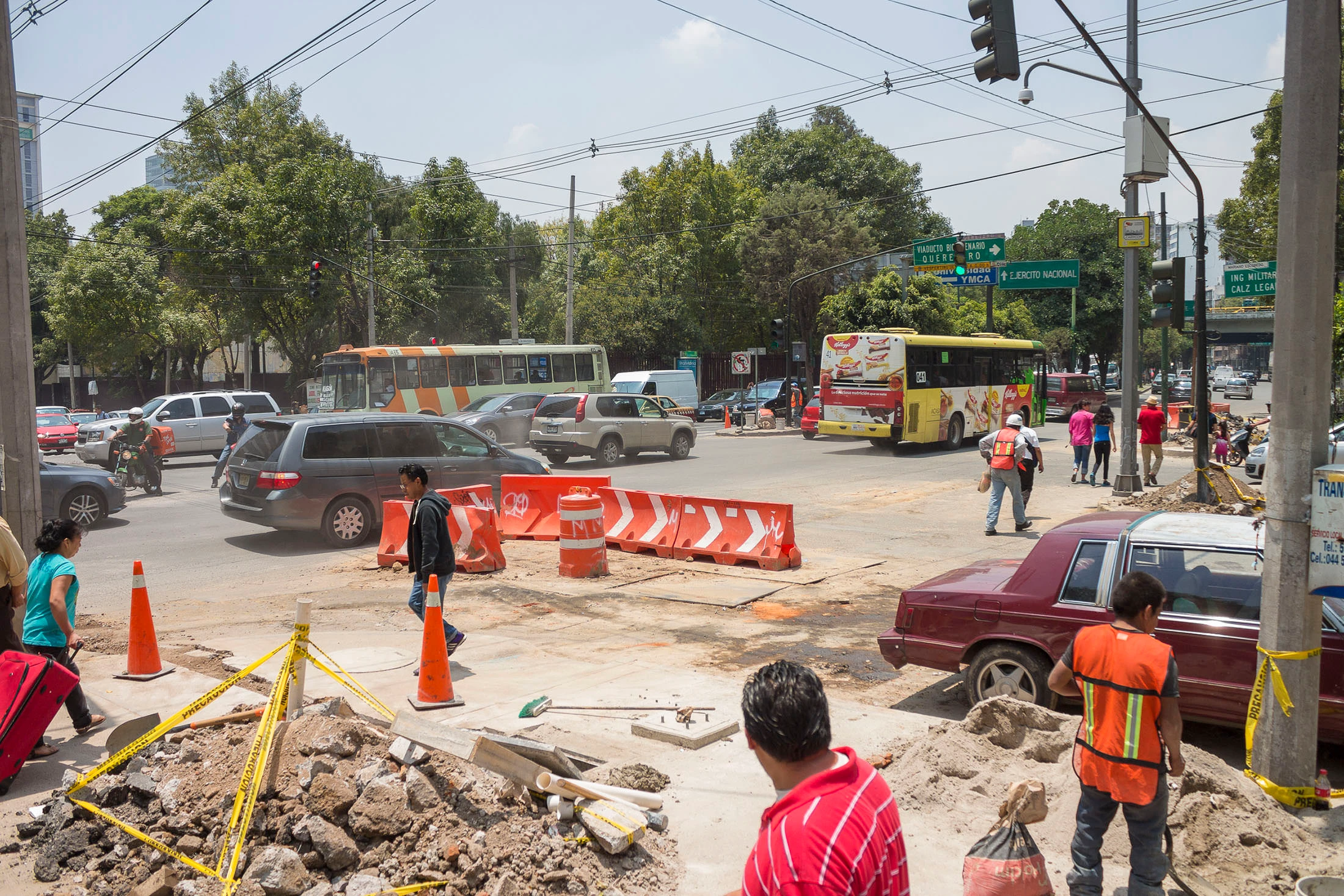Mexico City
Promoting Road Safety in CDMX
Bloomberg Associates partnered with Mexico City to rethink the capital’s car-centric streets and transform them into a model of safety for pedestrians and cyclists.
For generations, the streets of Mexico City were designed exclusively for the automobile. The Bloomberg Team helped steer this city in a new direction, towards streets designed for everyone, no matter how they travel.
Victor Rico, Former Director of Special Projects, Autoridad del Espacio Público, Mexico City
Relevant Expertise
Improve Public Space and Neighborhoods
- Pedestrian Infrastructure Improvements
Transform Streets and Mobility
- Road Safety
- Walkable Streets
Challenge
An average of 1,100 people are killed on the streets of Mexico City between each year. An unacceptably high number of these deaths were caused by road design that encouraged speeding, which made for poor conditions for pedestrians and cyclists.

Approach
Bloomberg Associates worked with Mexico City and Mayor Miguel Mancera to adopt a citywide pedestrian safety action plan, Pasos Seguros. Working in close collaboration with multiple city agencies, including the Public Space Authority (AEP), the Public Works, Mobility, and Police Departments as well as the Mayor’s Office, Bloomberg Associates helped CDMX develop the data collection, project materials, and the implementation plan for the program, which involved redesigning 54 of the city’s most dangerous intersections in the first year, including along the iconic Avenida 20 de Noviembre. Following our partnership with AEP, the Mayor continued the successful Pasos Seguros Program, expanding it to 171 intersections by the end of the third year.
Impact
A year after the program’s implementation, crashes were reduced by 44% at the city’s most dangerous intersections. In addition to saving hundreds of lives and preventing thousands of life-changing injuries, Pasos Seguros marks an important milestone for the city’s pedestrians, requiring a multi-agency collaboration. (This was described by the former head of the city’s public space agency as a “culture-changing” effort within city government with an impact far beyond the streetscape.) As evidence of a lasting impact, Mayor Mancera adopted a comprehensive street-safety program, to achieve 50% fewer fatalities by 2022, and is now one of more than 40 global cities committed to Vision Zero and working to eliminate all traffic fatalities.
Metrics
First-year results after safety redesigns were implemented at 54 of the most dangerous intersections:
44% reduction in traffic crashes
53% reduction in pedestrian crashes
170+ intersections were redesigned in the first three years